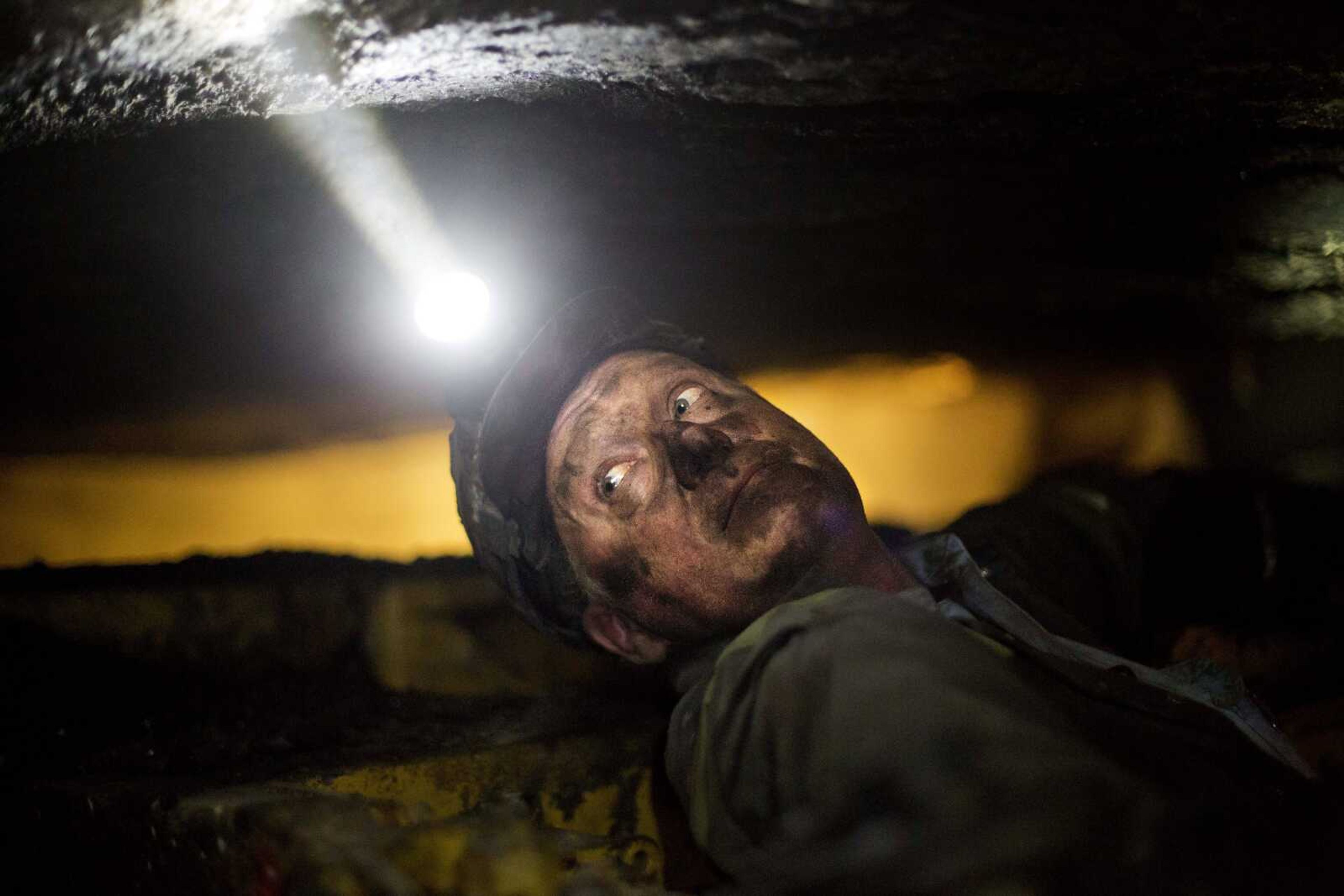Appalachia grasps for hope as coal jobs fade
WELCH, W.Va. -- The seams of coal in some of Eddie Asbury's mines in McDowell County are so thin, workers barely can squeeze down them. They enter on carts nearly flat on their backs, the roof of the mine coursing by just a few inches in front of their faces. They don't stand up all day...
WELCH, W.Va. -- The seams of coal in some of Eddie Asbury's mines in McDowell County are so thin, workers barely can squeeze down them. They enter on carts nearly flat on their backs, the roof of the mine coursing by just a few inches in front of their faces. They don't stand up all day.
To keep his business operating with such a paltry amount of coal, Asbury has to do everything himself. He has no use for the shiny, multimillion-dollar mining machines on display this fall at the biannual coal show nearby. His equipment is secondhand items he repairs and refurbishes. The coal he and his workers scrape out of the mountain is washed and prepared for sale in a plant Asbury and a colleague built themselves.
"It's how we survive," said Asbury, 66, a miner since 1971.
Even coal is barely surviving in coal country -- and coal is about the only thing Central Appalachia has.
West Virginia is the only state in the country where more than half of adults are not working, according to the Census Bureau. It is tied with Kentucky for the highest percentage of residents collecting disability payments from Social Security, according to the Kaiser Family Foundation. And the death rate among working-age adults is highest in the nation -- 55 percent higher than the national average, according to the Centers for Disease Control and Prevention.
Now, the one main source for decent-paying work, the brutal life of coal, seems to be drying up for good. The thick, easy, cheap coal is gone, global competition is fierce, and clean air and water regulations are increasing costs and cutting into demand.
"There's a reluctant realization that this is different," Keith Burdette, West Virginia's commerce secretary and head of the state's economic development office, said of the latest coal bust.
Central Appalachia's struggle is familiar to many rural regions across the U.S., where middle-class jobs are disappearing or gone and young people have no other choice than to leave to find opportunity. But the problems are amplified in coal country, where these difficult economic and social conditions have gripped the region for decades, and there is hardly any flat land to build anything.
Big federal and state programs and initiatives, some dating from the Lyndon Johnson administration, have failed to help the region diversify its economy much beyond digging or blasting coal out of mountains. If anything is going to help the people of Appalachia, poverty experts and residents of West Virginia said, it's themselves: local entrepreneurs who know their communities and customers well and are committed to them.
"We need to have some urgency and look at other possibilities because coal may not be here," said Dr. Donovan "Dino" Beckett, CEO of the Williamson Health and Wellness Center.
Beckett, 46, started a free clinic under a federal program to encourage treatment of underserved populations to go along with his more traditional doctor's office, a diabetes coalition and a project called Sustainable Williamson that helped set up a farmers market to provide access to healthier food.
This summer, Sustainable Williamson opened a space for budding entrepreneurs in a converted old furniture store called The Hub, where people with ideas for businesses can get support and advice.
"We wanted to start a clinic, but we wanted to be an economic driver for the area, too," Beckett said.
Coal employment in Central Appalachia has been declining for decades, a result of mechanization in the 1960s, the collapse of the U.S. steel industry in the 1980s and now cheaper rivals at a time when the world is trying to turn away from coal. Coal is by far the biggest source of carbon dioxide and airborne pollutants among fuels used to make electricity.
As jobs disappeared from coal country, people fled, leaving behind abandoned buildings and empty lots.
Connect with the Southeast Missourian Newsroom:
For corrections to this story or other insights for the editor, click here. To submit a letter to the editor, click here. To learn about the Southeast Missourian’s AI Policy, click here.









